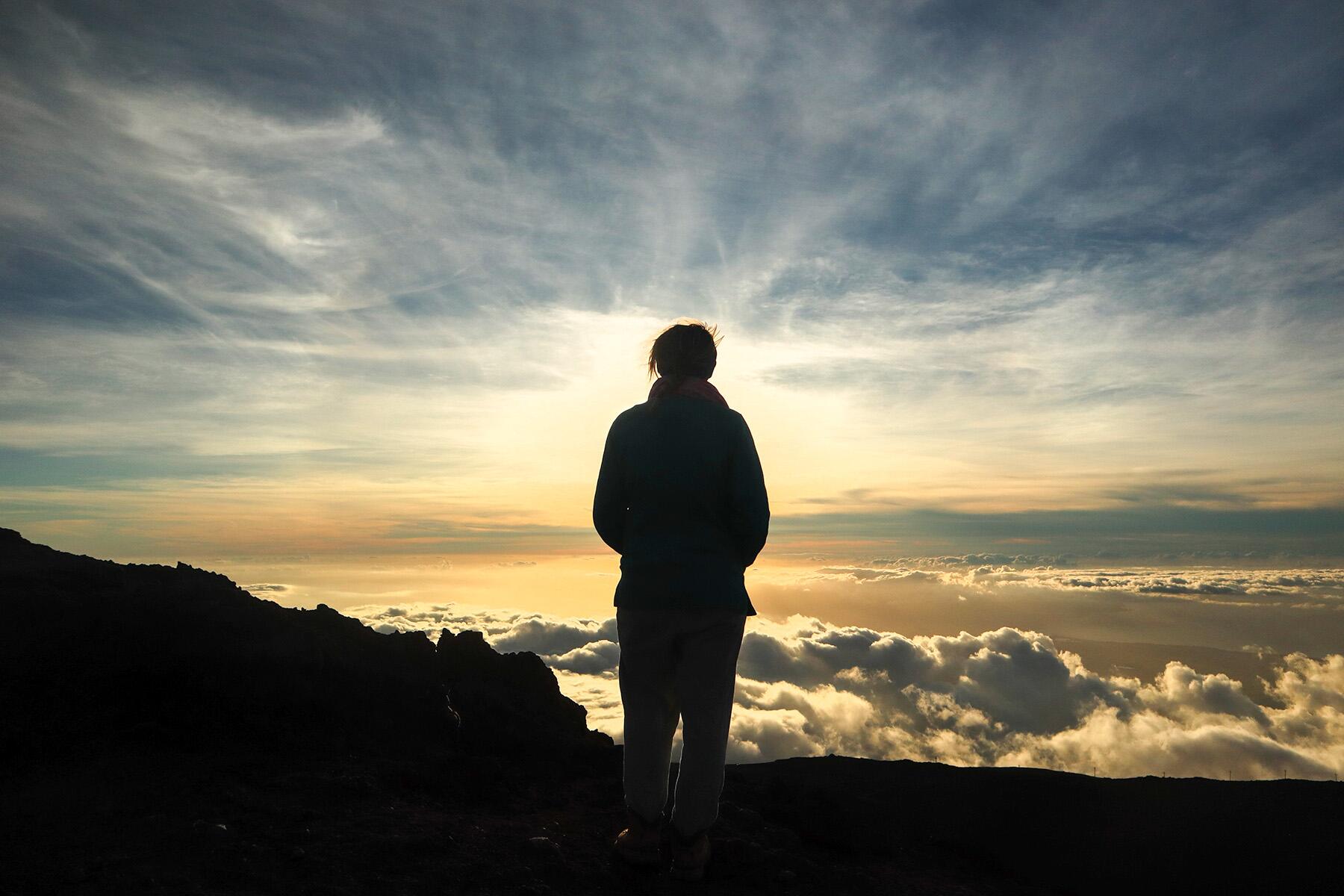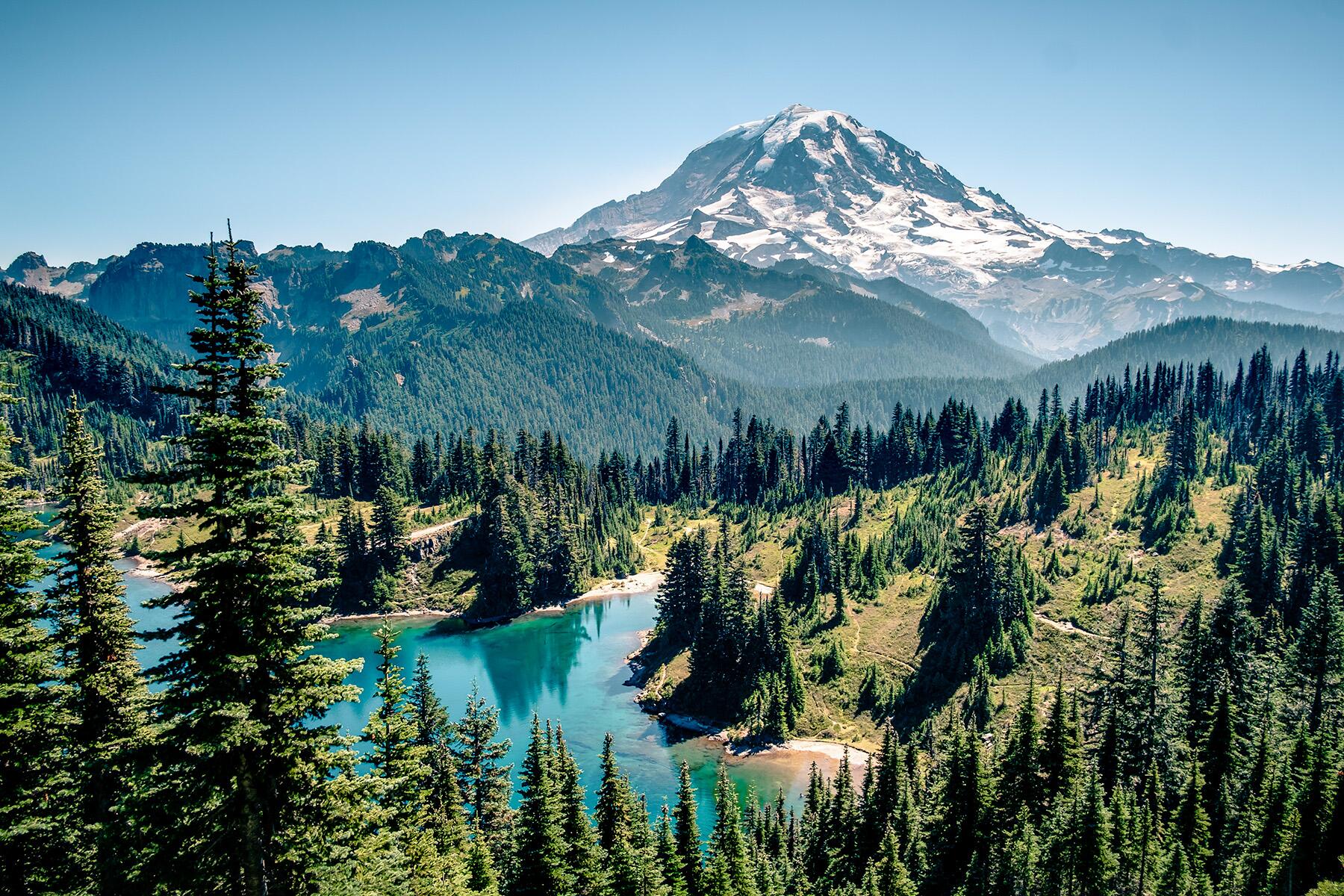Safety tips for a naturally dangerous region.
The Pacific Northwest has at times been described as a “safe zone” from the effects of climate change. But as the massive wildfires earlier in this year proved–no area is safe from climate change. Having grown up in the region, I’m well aware that even outside of the effects of climate change, the Pacific Northwest has always been at the mercy of Mother Nature.
Home to numerous phenomena that could kill or seriously harm unprepared travelers, visitors planning to visit need to note the following very real scenarios and tips–all of which I’ve learned through a lifetime of living in the beautiful, but often dangerous, Pacific Northwest.
Mind the Tides
It is critical to read the tide forecasts before embarking on a coastal walk or a hike. Even if your plans are simply to spend the day relaxing, you could become stranded as the beach can disappear at high tide.
Thus, the best course of action is to check the tide forecast for the day. You can do so in the newspaper or the official NOAA website. If you’re camping at a beach campsite, the monthly tide schedule is usually posted on the bulletin board.
And don’t ever try to wade or swim your way through high tide, as currents can be dangerous, and the water is likely much deeper than it appears. Additionally, there may be driftwood or other debris that can seriously injure you.
Recommended Fodor’s Video
Many of Our Mountains Are Actually Active Volcanoes
In 2005, the U.S. Geological Survey ranked active volcanoes, and 10 out of the 18 considered very high threats are in the PNW. That includes many popular recreation destinations like Mount Baker in Washington, Crater Lake in Oregon, Mount Shasta in NorCal, and Mount Hood near Portland.
In fact, in 1980, Mt St Helens, a popular hiking destination in Washington State, erupted in what is considered the worst volcanic disaster in the country’s history. It killed 57 people, destroyed hundreds of roads and homes, and coated the surrounding area in ash.
According to the U.S. Geological Association, volcanic activity can be monitored but is often quite challenging to predict. Thus, an active volcano could technically erupt at any time. So, if you’re going to spend time in proximity to one, you’ll need to know what to do should it start spewing ash and lava.
The U.S. Geological Survey recommends taking the quickest evacuation route at the first alert of danger. These routes are clearly labeled with signs. Additionally, you should avoid valleys or low-lying areas, as that’s where the lava would gather. Do not hide out in caves or other confined spaces, as volcanic gas can be poisonous.

Mind Avalanches and Winter Pass Closures
Our mountains receive piles of snow every winter, which can be dangerous if you’re out for a winter hike, snowshoeing, or skiing. Check avalanche warnings on the Northwest Avalanche Center and the U.S. Department of Agriculture snow map.
Once you’ve determined that your destination is safe, you’ll need to ensure you can safely reach it. Many roads, such as the North Cascades Highway in Washington State, close for the season between November and April.
Even the roads that remain open might close due to impassable conditions. And if highways are open, you’ll need snow tires or chains to be allowed to cross the mountain passes.
Earthquakes Can Occur
California might be best known for earthquakes, but the PNW is no stranger to them. In fact, the Cascadia Subduction Zone has the potential to be more destructive than the better-known San Andreas Fault. If you missed that super scary New Yorker piece back in 2015, the region is awaiting the “Big One ”—a monstrous earthquake that will destroy everything west of I-5 and cause irreparable damage to the region.
If a quake strikes, you’ll need to get under something stable, like a table, and ensure your neck and head are covered. Get as far away from potential falling objects and windows as possible. If you can’t find a piece of furniture to shelter under, cover yourself with whatever you have at your disposal, like jackets or blankets.
If you are outside and can’t get somewhere covered, stay away from trees, buildings, or anything that can fall. If you’re in the car, pull over, put the car in park, put the parking brake on, turn off the engine, and stay put. Similarly, if you’re in a wheelchair, lock the wheels.
Tsunamis Aren’t Just Something From Your Nightmares
If you’re near a beach or somewhere labeled a “tsunami hazard” zone (you’ll see signs all over the PNW where this is the case), you’ll need to get away from the water quickly. Familiarize yourself with any signs and directions when you get to the beach. Follow the tsunami evacuation route signs, similar to those for volcanoes.
Mind the Wildfires
Despite being a rainy region, we are not immune to the warming climate. Unfortunately, even in places not in imminent danger of flames, you’ll want to monitor the air quality.
Many weather apps now list the air quality along with temperature and precipitation. Additionally, resources such as Puget Sound Clean Air are very helpful.
Remember, an air quality index (AQI) under 50 is considered “good” air quality. You can go about your day. Between 50 and 100 is “moderate,” which means you can mostly go about your day unless you have a lung condition. In that case, avoid intense physical activity outdoors. An AQI between 100 and 150 is “unhealthy for sensitive groups”, and most people should avoid intense outdoor exercise. Those with health conditions should stay inside. Above 150 is “unhealthy,” and no one should be outside for longer than a few minutes. If you must go out into a smoky environment, wear an N95 mask. Inside, use air filters and keep windows and doors shut.

And the Wildlife
If you’re in developed areas, you don’t need to be too concerned. But, if you’re going for a hike or camping in the backcountry, watch for prints and droppings. Make a lot of noise so you don’t surprise a bear or cougar. If hiking alone, put bells on your backpack, and if hiking with dogs, keep them leashed.
If camping, do not bring any food, drink, or trash in your tent or near the sleeping area. Keep it stored in a car, camp locker, or in a bear-safe container.
Additionally, dawn and dusk are when wildlife is most active, so be extra vigilant on the road during these times of day!
Wi-Fi and Cell Service Can Be Sparse
We’re all very emotionally attached to our phones these days, but please, please don’t rely on yours for navigational purposes. Especially in the mountains, on the coast, and in the national parks, you won’t always get service or Wi-Fi.
Make sure to pick up numerous paper maps of all your destinations, which can easily be obtained at local tourism offices, ranger stations, and entry points to national parks.




